Unilever: We reduced the selection process by half
Apr 3, 2019
During VCVDemoDay, IT-analytic at Unilever, Andrey Kuzmichev described how the company implemented a chat-bot for selecting interns and reduced expenses, despite the additional investment into IT-development.
Our process for selecting candidates was structured traditionally until quite recently: applying, testing then interviewing with HR and management.
Our process for selecting candidates was structured traditionally until quite recently: applying, testing then interviewing with HR and management.
| CASES
We don't want HR to spend their nights at the office
Yes, this is exactly would what happen had we continued to use the traditional selection structure. Our internships occur twice a year and each cycle we receive more than 2000 applications or 4000 applications per year. Before, we manually sent every candidate the link for testing. It could take 2 to 4 days for a candidate to receive their link! Then comes the actual testing.
Job seekers had three days to complete the test. If they were not able to take the test within that time period, then the link had to be edited. Then, came the wait for the test results that we also distributed by email, which as you can guess was all done by hand. The cherry on top of the cake was that the interview with HR conducted over Skype took an entire hour, despite the fact that there was only one interviewer. In numbers it all looks like this: to be accepted to our internship program would take a month and a half.
Job seekers had three days to complete the test. If they were not able to take the test within that time period, then the link had to be edited. Then, came the wait for the test results that we also distributed by email, which as you can guess was all done by hand. The cherry on top of the cake was that the interview with HR conducted over Skype took an entire hour, despite the fact that there was only one interviewer. In numbers it all looks like this: to be accepted to our internship program would take a month and a half.
Targeted advertising is an advertising tool that allows you to select the target audience to display specific thematic advertising.
The problem
1
A lengthy and expensive process, taking into account that the recruitment was conducted by an agency;
2
The candidates become exhausted of waiting for the next step. As a candidate you understand that it is truly difficult and you feel the urge to write to HR asking "now, what?" "but, when?";
3
HR was forced to intervene into about 70 projects. Each internship cycle consists of about 70 projects accomplishing completely different functions. HR who do not have finance education, nor sales training yet, without the proper technical knowledge, had to conduct interviews with candidates for specialized positions;
4
Employees were exhausted from tedious and repetitive work manually sending out thousands of emails.
Our solution
Who's fault is it and what do we do from here? These, two of the most pervasive questions in Russian culture, are placed before the company. First, we decided to replace the questionnaire on the landing page to a chat-bot. Video interviews on VCV's platform partially replaced the interviews with HR.
In parallel, we automated the distribution of testing results and links to VCV video interviews. In spring of last year, we were still doing this manually but now this function is performed by the chat-bot. The process of sending out links for feedback is also automated: the manager sets a certain status on the VCV platform and feedback is immediately sent to the candidate by the bot.
In parallel, we automated the distribution of testing results and links to VCV video interviews. In spring of last year, we were still doing this manually but now this function is performed by the chat-bot. The process of sending out links for feedback is also automated: the manager sets a certain status on the VCV platform and feedback is immediately sent to the candidate by the bot.
We used to spend 1.5 months on selection and now we spend 3 weeks
How does everyone operate today? The candidates send their application to the bot that takes about 5-10 minutes, and receive the testing link within a few seconds. It takes about 1-2 days to receive the results of the test because the company pays for every time the test data is processed. When the test is submitted, the candidate receives a link to the video interview on VCV's platform that is then reviewed by a manager. This is an interesting stage, because at the moment managers seem reluctant to complete this task but we are working on finding a solution.
In general though, the managers say they prefer this system more than the joint interview with HR. Now, only the most promising candidates complete a face-to-face interview. We reduced the time spent on this process by half. In 3 or 4 weeks the candidate receives feedback and doesn't need to search for the recruiter's email or write the recruiter asking about the decision.
In general though, the managers say they prefer this system more than the joint interview with HR. Now, only the most promising candidates complete a face-to-face interview. We reduced the time spent on this process by half. In 3 or 4 weeks the candidate receives feedback and doesn't need to search for the recruiter's email or write the recruiter asking about the decision.

The recruiters, on the other hand, are left with fewer effort-intensive tasks. A task that HR does still need to fulfill is monitoring the bot's work because candidates can sometimes make common mistakes like filling in their date of birth, name, last name, etc. that affect the operations of the bot. Many candidates are not familiar with the chat-bot system and may be wary or shy or forget to add relevant information.
The task of reviewing Russian social media site, VK profiles also used to lay on HR. Our chat-bot isn't on VK's platform by accident. Before this, the most popular chat platform Telegram was proposed as an entry point for our bot, but this system only worked for some and not for others. So, VK was chosen as the searched platform. HR can also download the results of the chat-bot's tests, which takes 2 minutes. The largest amount of work - coordinating the interview schedules with HR and managers - was also largely reduced.
The task of reviewing Russian social media site, VK profiles also used to lay on HR. Our chat-bot isn't on VK's platform by accident. Before this, the most popular chat platform Telegram was proposed as an entry point for our bot, but this system only worked for some and not for others. So, VK was chosen as the searched platform. HR can also download the results of the chat-bot's tests, which takes 2 minutes. The largest amount of work - coordinating the interview schedules with HR and managers - was also largely reduced.
Results

Stay up to date with the latest HR-tech news, subscribe to us in social networks!


